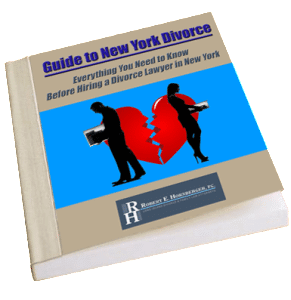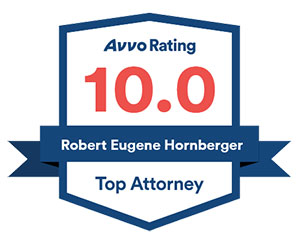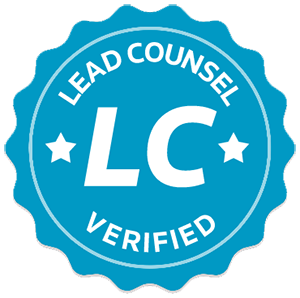As an experienced family law attorney practicing on Long Island, I have handled all sorts of child custody and visitation cases and many creative solutions for parents to keep in contact with their children.
Regular, Face-to-Face Visitation Not Always Possible
For a variety of reasons, sometimes regular face-to-face visitation with children is not possible or practicable for the parent without physical custody. Sometimes this is because a parent chooses to relocate after his or her divorce because of a change in jobs or a change in circumstances, financial or otherwise. This can affect the relocating parent’s relationship with his or her children. Other times it is because a parent is granted less in-person visitation than he or she would prefer, or visitation cannot occur regularly for whatever reason. Regardless of the reason, there may be a desire to have more contact with the child, and regular phone calls are not enough to keep the child’s attention.
When a Long Island court awards custody to a parent (referred to as the “custodial parent”), the parent who does not have custody (known as the “noncustodial parent”) is typically entitled to have visitation with the child or children unless such visitation would be detrimental to the child or children (for example, in cases of abuse or neglect). Suffolk County and Nassau County Courts generally award visitation to the noncustodial parent because it has been shown that children typically benefit from having contact with both of their parents. Usually, when a court determines custody of a child, it will also grant visitation to the noncustodial parent, often by way of a visitation schedule. The schedule will contain drop off and pick up times, where the visits are located, and when the visits will occur. In cases where the parents cannot agree on a parenting plan, the court will make decisions regarding visitation, based primarily upon the child’s best interests and the schedules of the children and both parents.
‘Virtual Visitation’ Can Help Parents Stay in Contact with Children
It is no secret that children are increasingly using social media and electronics as a primary medium of communication, and both custodial and noncustodial parents are wise to engage their children on these mediums to stay connected. Although New York does not yet have an e-visitation statute, some judges are encouraging noncustodial parents to have a greater presence in their children’s lives by electronic means.
Because a child benefits from having a relationship and consistent contact with both of his or her parents, “virtual visitation” can be a way to maintain a presence in a child’s life in more ways than a limited physical visitation schedule. When face-to-face visitation is limited, Long Island courts in Nassau County and Suffolk County can instruct custodial parents to allow electronic communications between the noncustodial parent and the child in order to support the relationship. Of course, this method of staying in contact does not have to be court ordered. Instead, noncustodial parents can choose to increase contact with their children by initiating regular contact, and hopefully this additional communication is positive and fits into the parenting plan.
Advances in technology such as Facetime, Skype, and other webcam-based programs have allowed parents who are not living close by to their children, or who do not have a lot of visitation access to the children for whatever reason, to keep in close contact. Parenting time that takes place over these types of communication platforms is sometimes called E-Visitation or virtual visitation and has becoming increasingly popular. Sometimes a court will order e-visitation in addition to traditional forms of visitation to facilitate regular communication between the child and the noncustodial parent.
‘Virtual Visitation’ Raises Concerns for Some
Virtual visitation does raise concerns for some. Some people argue that kids are too attached to their electronics as it is and that society is losing the ability to communicate face to face. They say e-visitation only reinforces the lack of face-to-face verbal communication. Others suggest that judges will be less likely to order in-person visitation, or will order less of it, because of the availability of e-visitation. However, proponents of e-visitation convincingly argue that e-visitation will never replace in-person visitation, and is only intended to supplement it to support a strong relationship with both parents. In fact, New York already has visitation guidelines that are set and enforced by courts, and e-visitation guidelines are not slated to replace them.
Questions About Child Custody and Visitation on Long Island?
See this page to learn everything you need to know about Child Custody and Visitation on Long Island.
To learn more about what you need to know about Child Custody on Long Island, visit this page on Child Custody or contact us at 631-923-1910 for a complimentary consultation.
Contact an Experienced Long Island Family Law Attorney to Learn More About ‘Virtual Visitation’
The plus side of increased e-visitation is certainly that many noncustodial parents are given a renewed chance to be more involved in their children’s lives. If you have questions about how to increase your access to your child, whether by in-person child visitation or increased e-visitation in your parenting arrangement, contact the family law firm of Robert E. Hornberger, Esq., PC at 631-923-1910 to schedule your complimentary initial consultation today.
Download Your Free New York Divorce Guide
Our 41-page “Guide to New York Divorce: What You Need to Know Before Hiring a Divorce Lawyer in New York” written by an experienced family law lawyer, Long Island’s Robert E. Hornberger, Esq., provides you with real information on the divorce process and the laws it rests upon in the state of New York. This book will help give you a solid foundation upon which you can begin the process of making your family’s, life better.
















